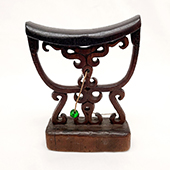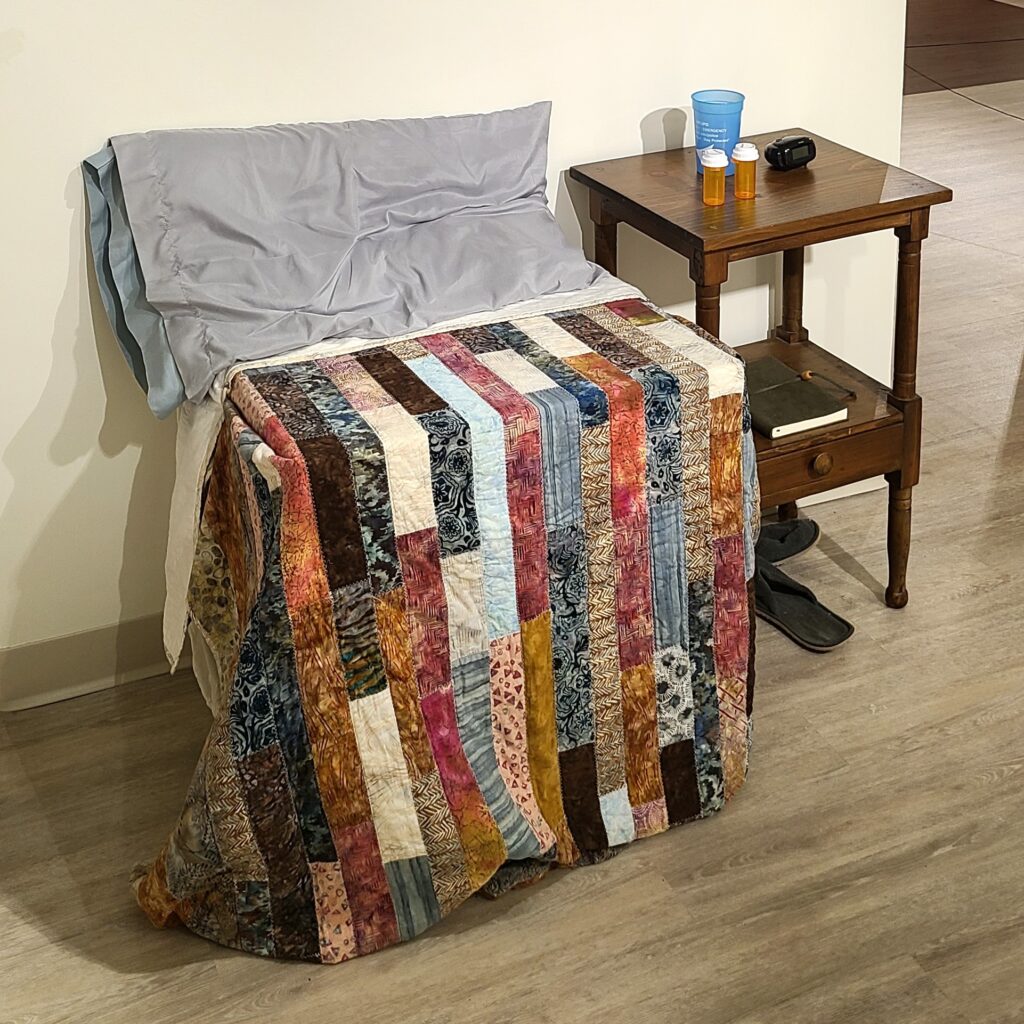Headrests from Africa
Many cultures across the continent of Africa use headrests of varying styles.
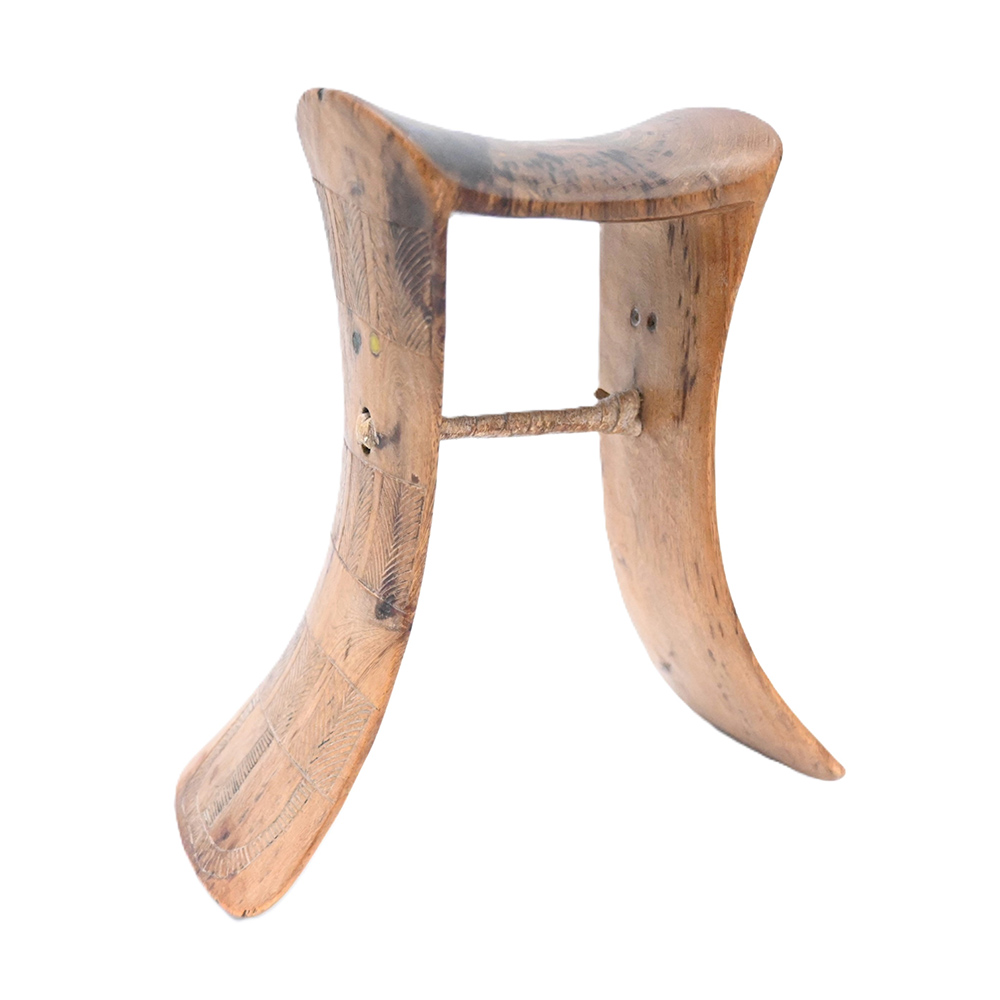
Gentle motion gives this headrest a sense of relaxation.
Just like a rocking chair, the curved feet allow this headrest to sway back and forth. The bowed legs help stabilize the user. As with other fine furnishings, these headrests were considered valuable artworks that paired functionality with graceful aesthetics.
Kenya, 20th c. CE
#1989.03.E.015
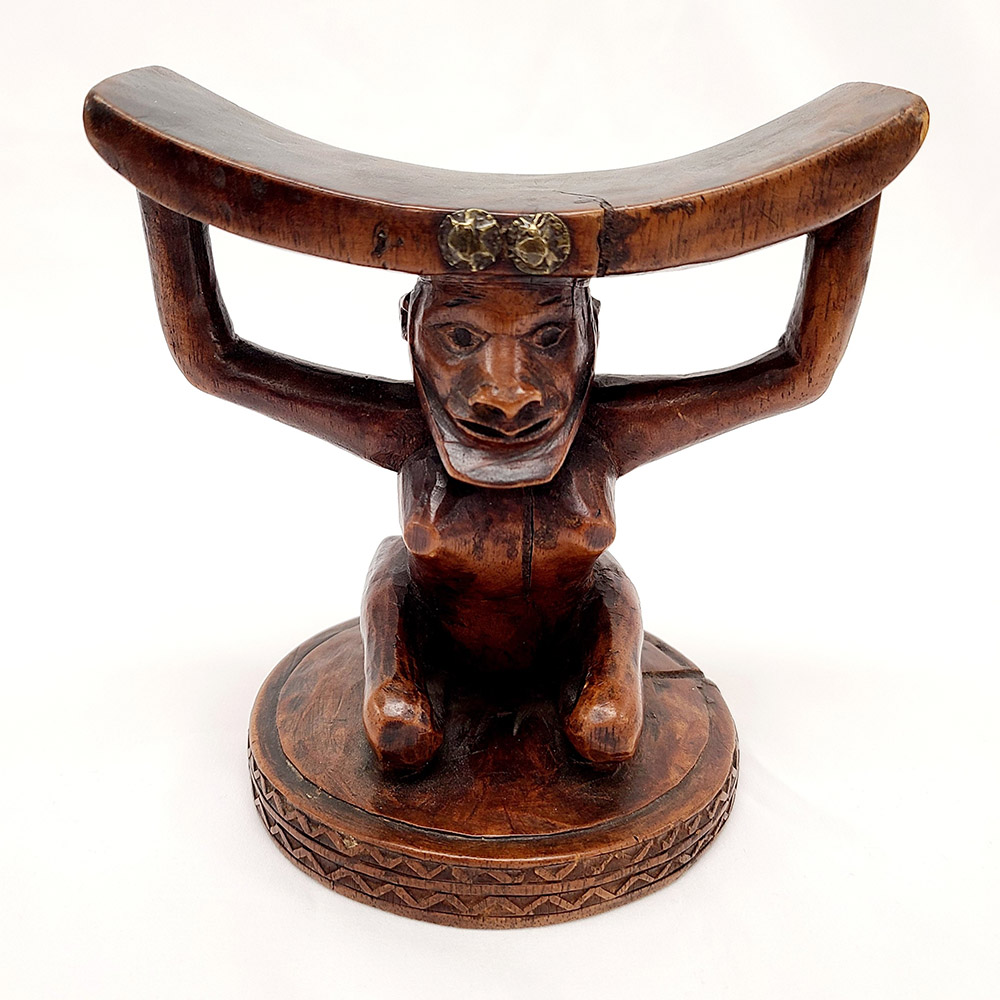
The central support’s feminine form is juxtaposed with a masculine beard.
Women are frequently used in Luba carvings, particularly where their form symbolizes their supportive role in society–literally supporting the sleeper’s head. Masculine elements are sometimes added to show how women can channel royal male ancestors.
Democratic Republic of the Congo, 20th c. CE
#1989.03.E.006
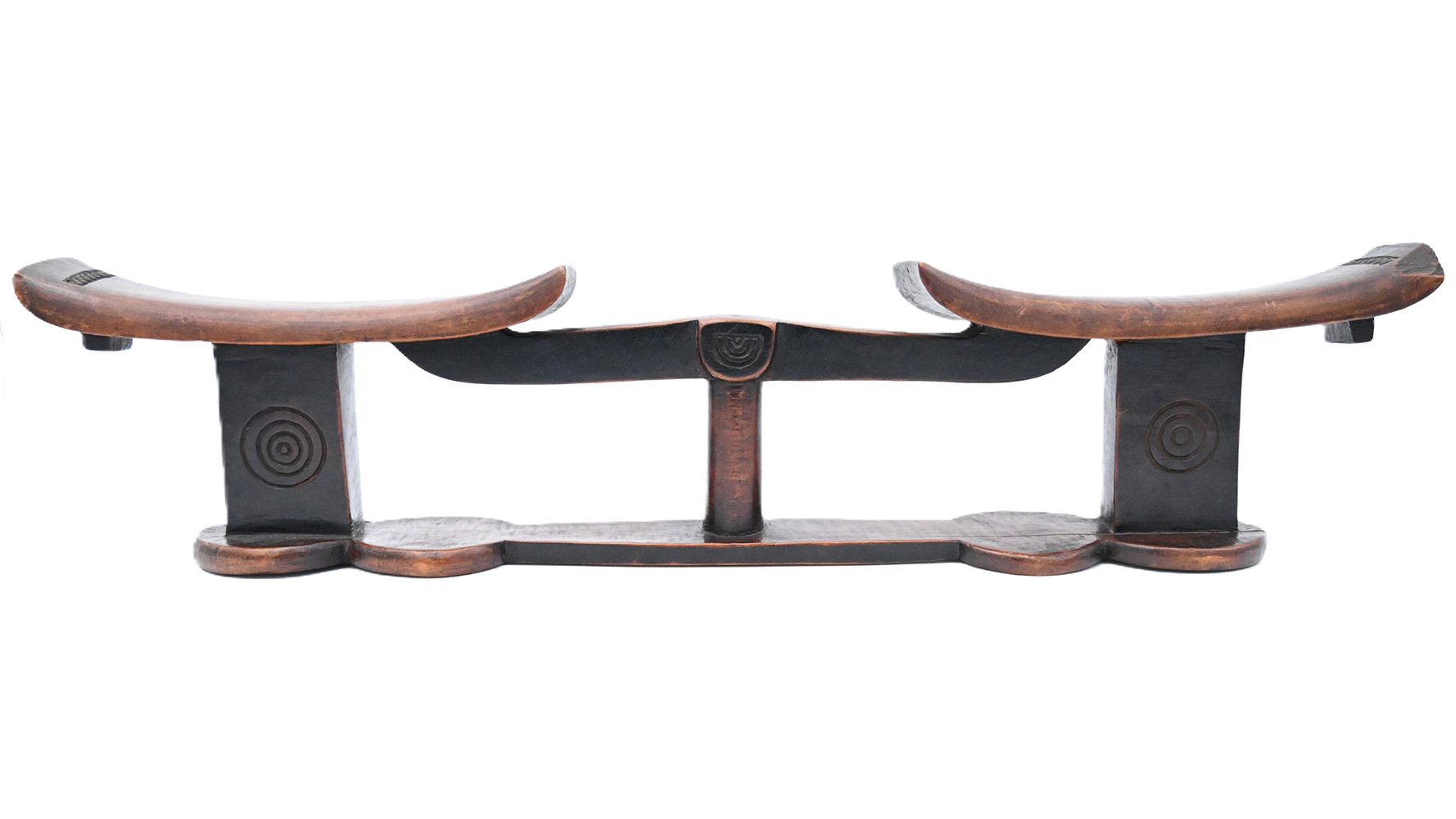
The dual neck slots of this headrest evoke the unity of a married couple.
The concentric circle motif may be an allusion to ndoro shell disks used by Shona mediums, as dreams are traditionally interpreted as spiritual communication with ancestors.
Zimbabwe, 20th c. CE
#1989.03.E.005
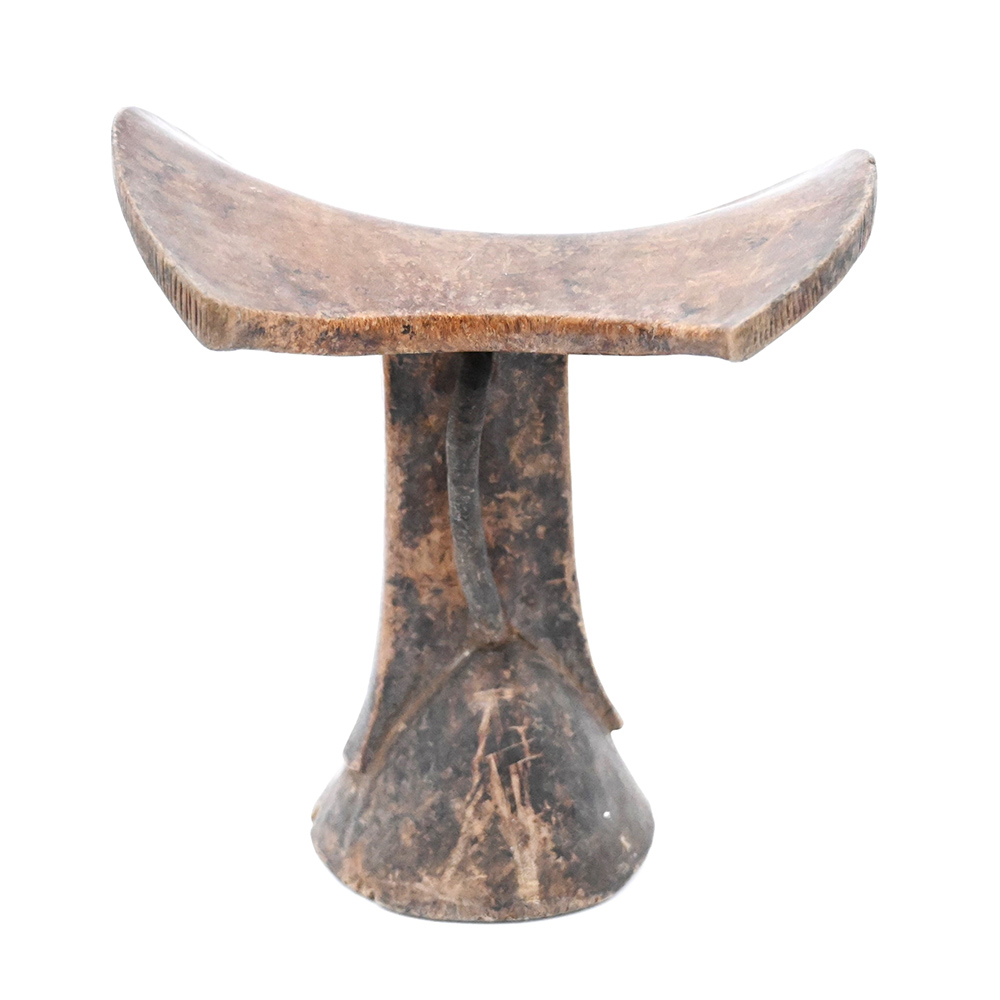
Headrests are often used to support elaborate hairstyles during sleep.
The Turkana people live a pastoral or nomadic lifestyle, and headrests are some of the few possessions that they keep throughout the year. Though simply adorned, this headrest was built with portability in mind.
Kenya, 20th c. CE
#2001.10.E.12

Headrest styles are commonly shared among neighbors.
The cone-shaped base leading to a cylindrical support is common to the central and southern regions of Ethiopia, as well as many urban areas. These headrests are used by traders and itinerant agriculturalists which explains how the form became widespread.
Ethiopia, 20th c. CE
#1994.11.E.1
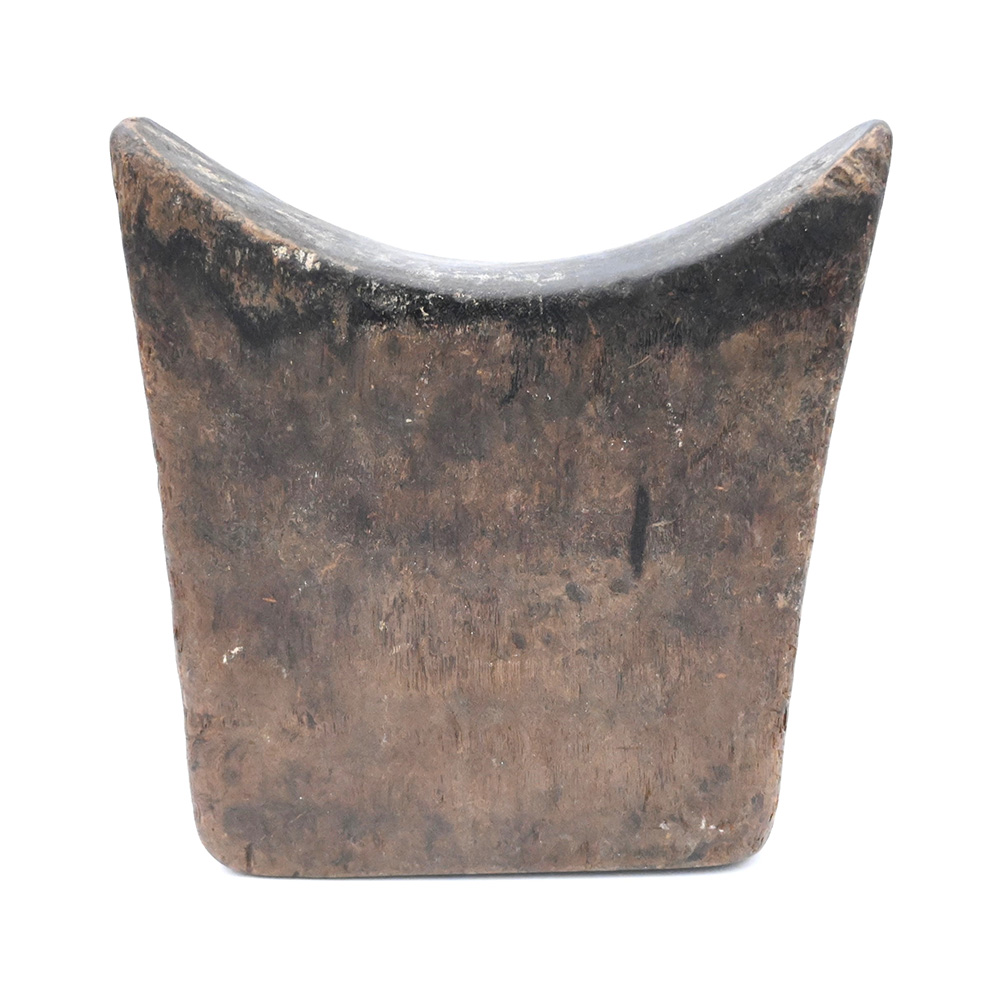
Headrests are both practical tools and artistic objects.
Unlike other headrests, this piece is not in the form of a flat bar resting on thin supports. The solid construction provides more rigid support, while the more severe curve holds the jawline in place. The headrest will also keep one’s hairstyle fixed, but the form of this object appears more technical than beautiful.
Ethiopia, 20th c. CE
#2001.10.E.14
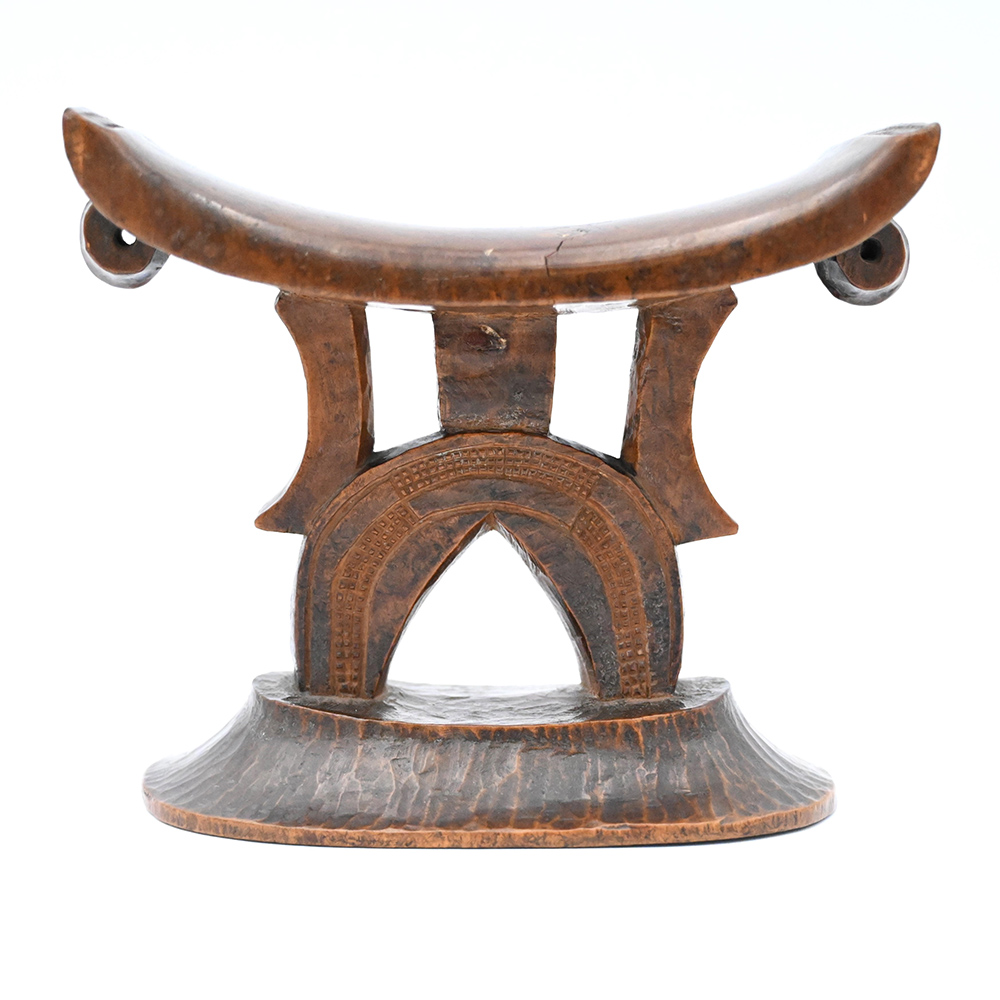
Symbolic “wives” are displayed with pride.
The Shona artist who made this headrest included many features that symbolize women, such as the carved patterns similar to traditional body markings, known as nyora. The form of the support is similar to the shape of a human body. Another reference is the triangular cutout, a typical Shona symbol of femininity.
Zimbabwe, 20th c. CE
#1989.03.E.009
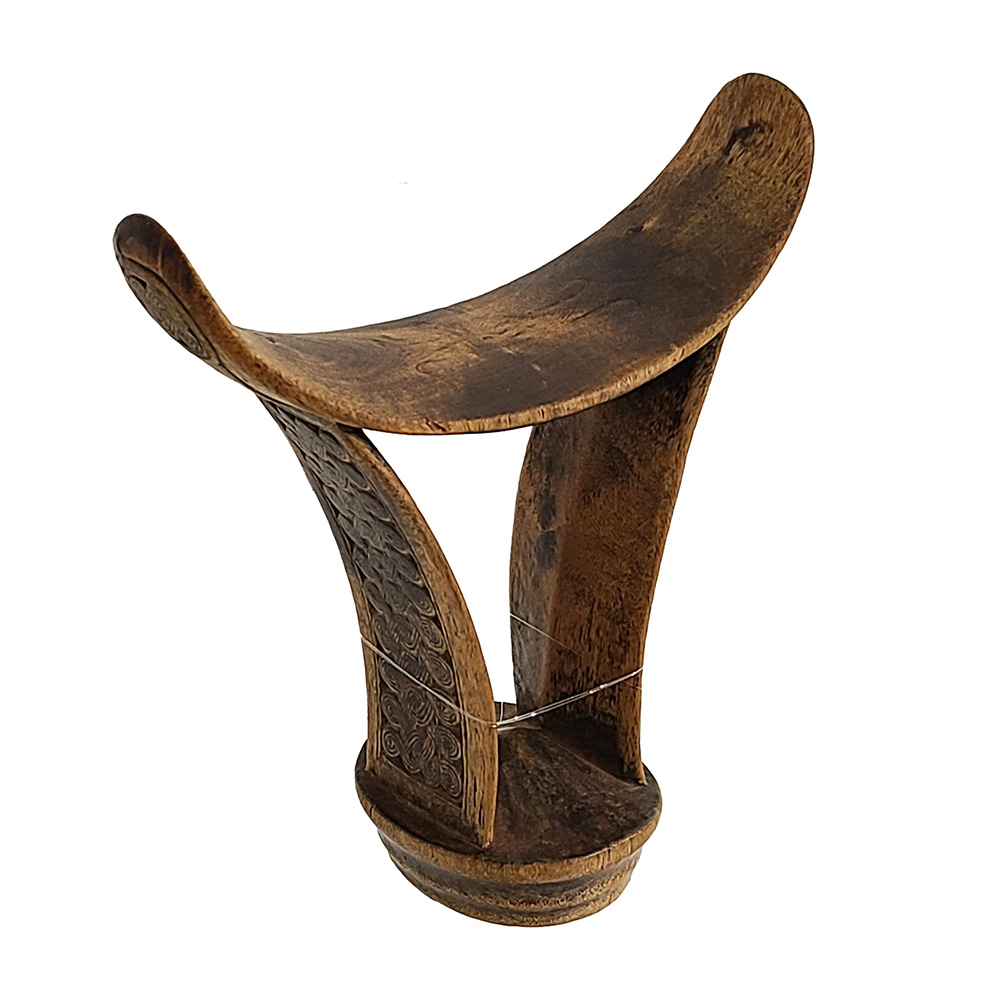
Headrests can stop you from sleeping too deeply.
The narrow, circular base of this piece makes it somewhat unstable to sleep on. This is purposeful, as they are traditionally used by Boni shepherds who must stay alert to protect their animals. It also protects the user from getting attacked by scorpions, snakes, and other dangerous pests.
Somalia, 20th c. CE
#1989.03.E.012
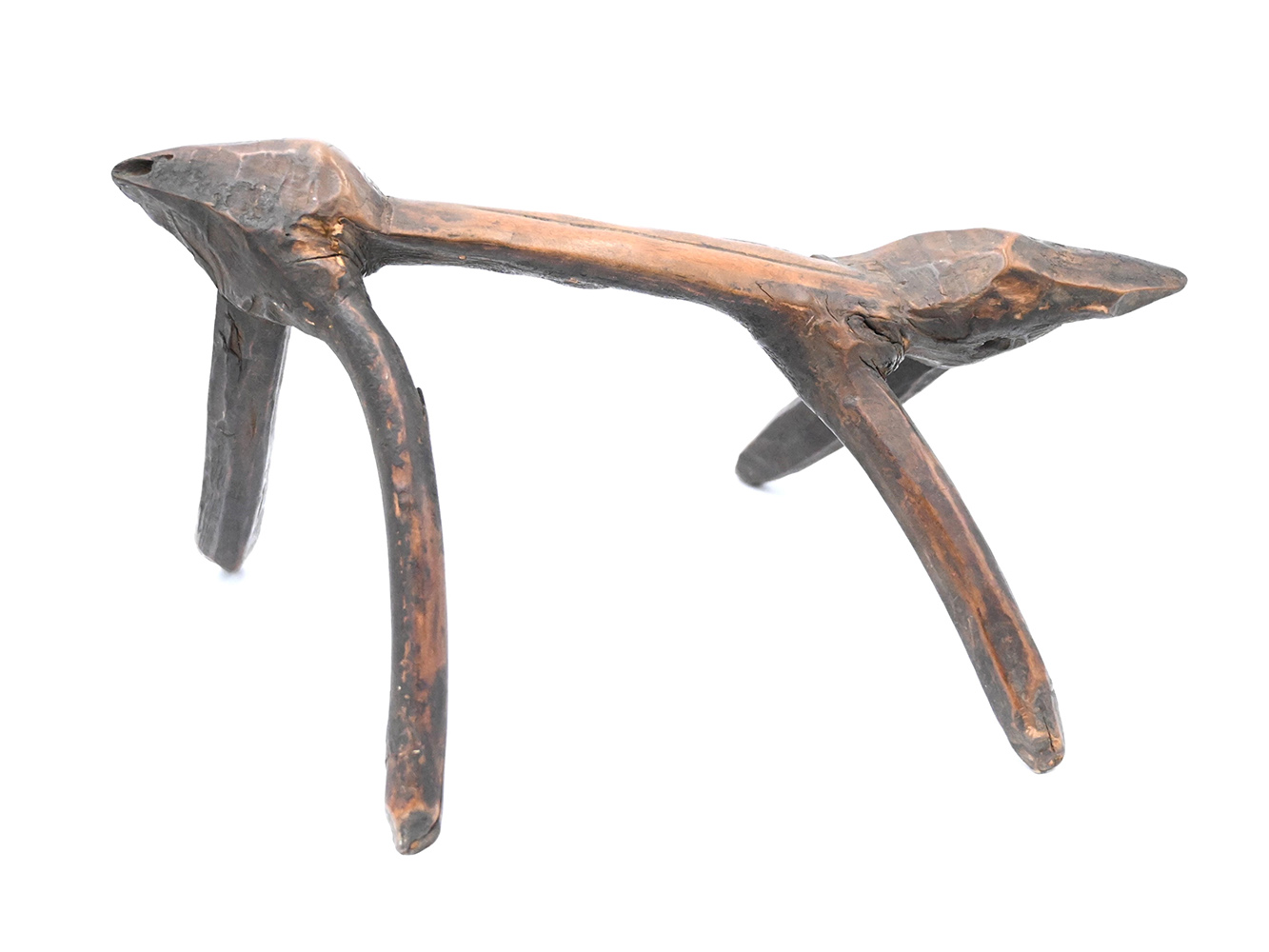
This headrest is totally unbalanced!
Did the Kuku carver make a mistake or are the angled neck bar and differently sized legs an intentional choice? It may be that this headrest was tailored to fit a very specific bed or sleeping situation. The carved ends look intentional, which Kuku artists often work to resemble dogs, wild animals, or abstract creatures.
South Sudan, 20th c. CE
#1989.03.E.017
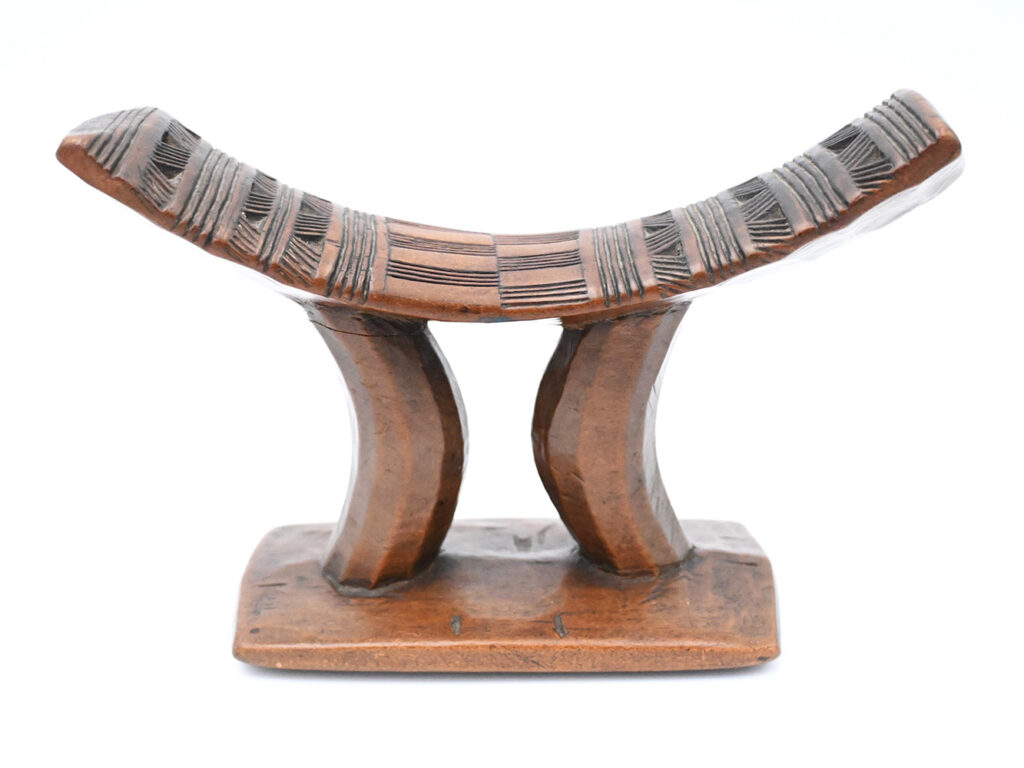
Democratic Republic of the Congo, 20th c. CE
#1989.03.E.013
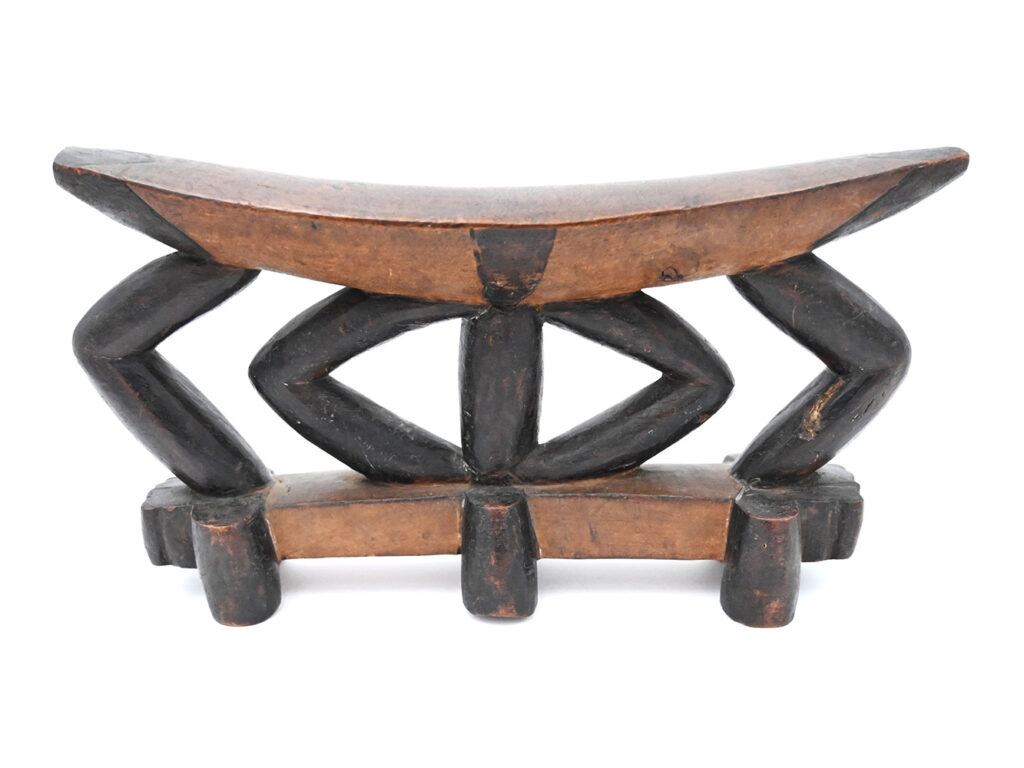
South Africa, 20th c. CE
#1989.03.E.010
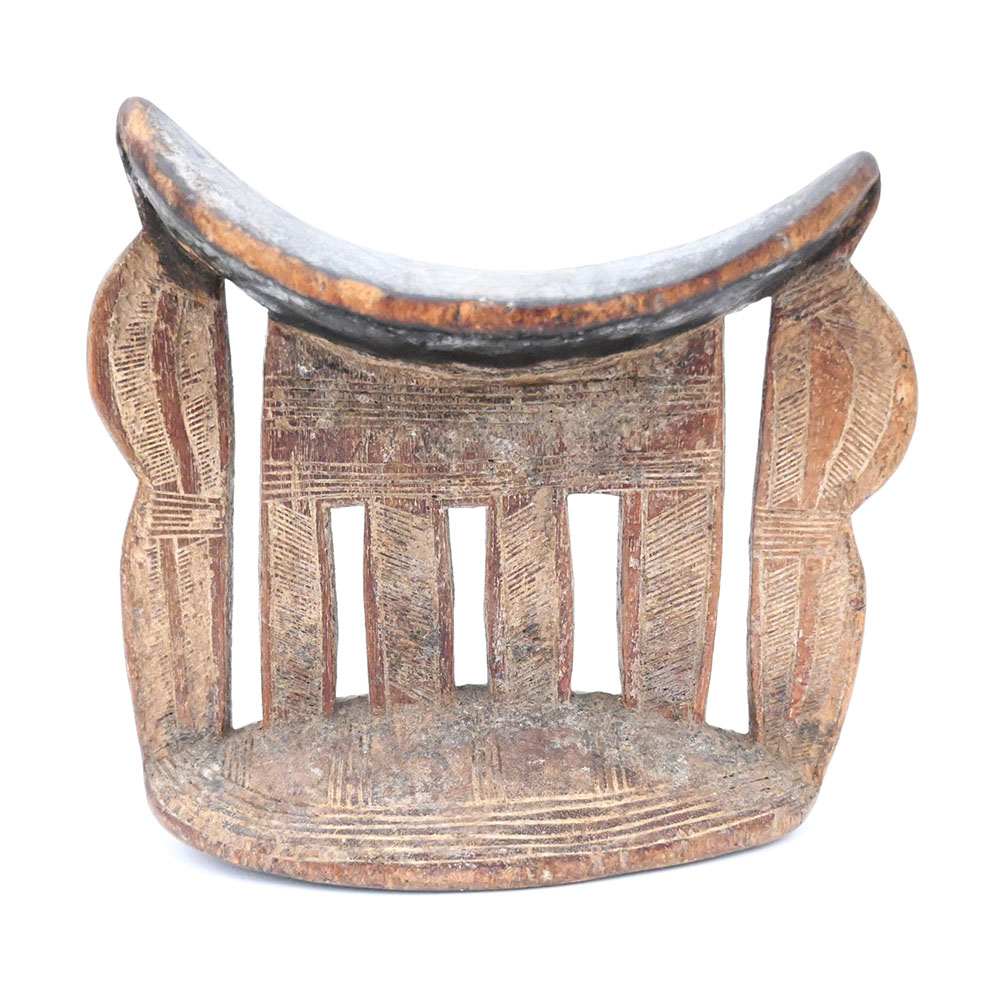
Ethiopia, 20th c. CE
#2001.10.E.08
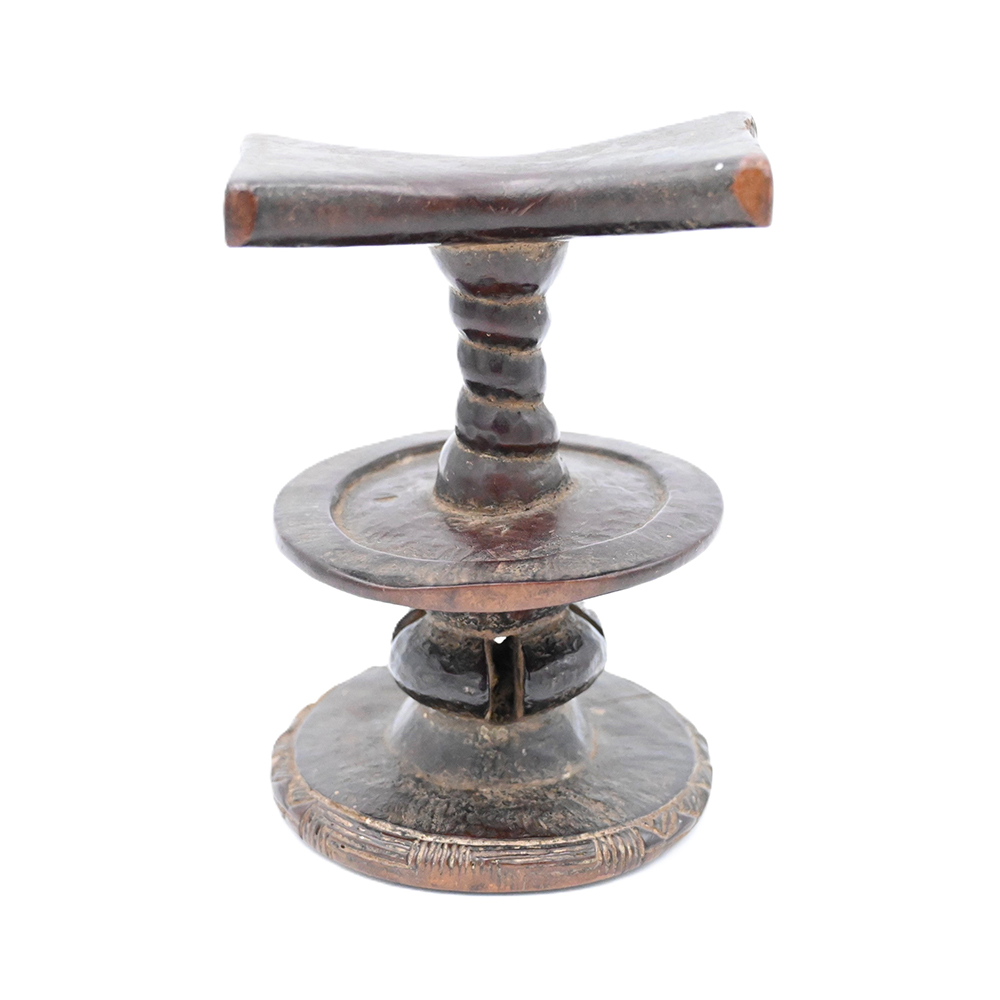
Democratic Republic of the Congo, 20th c. CE
#1989.03.E.007
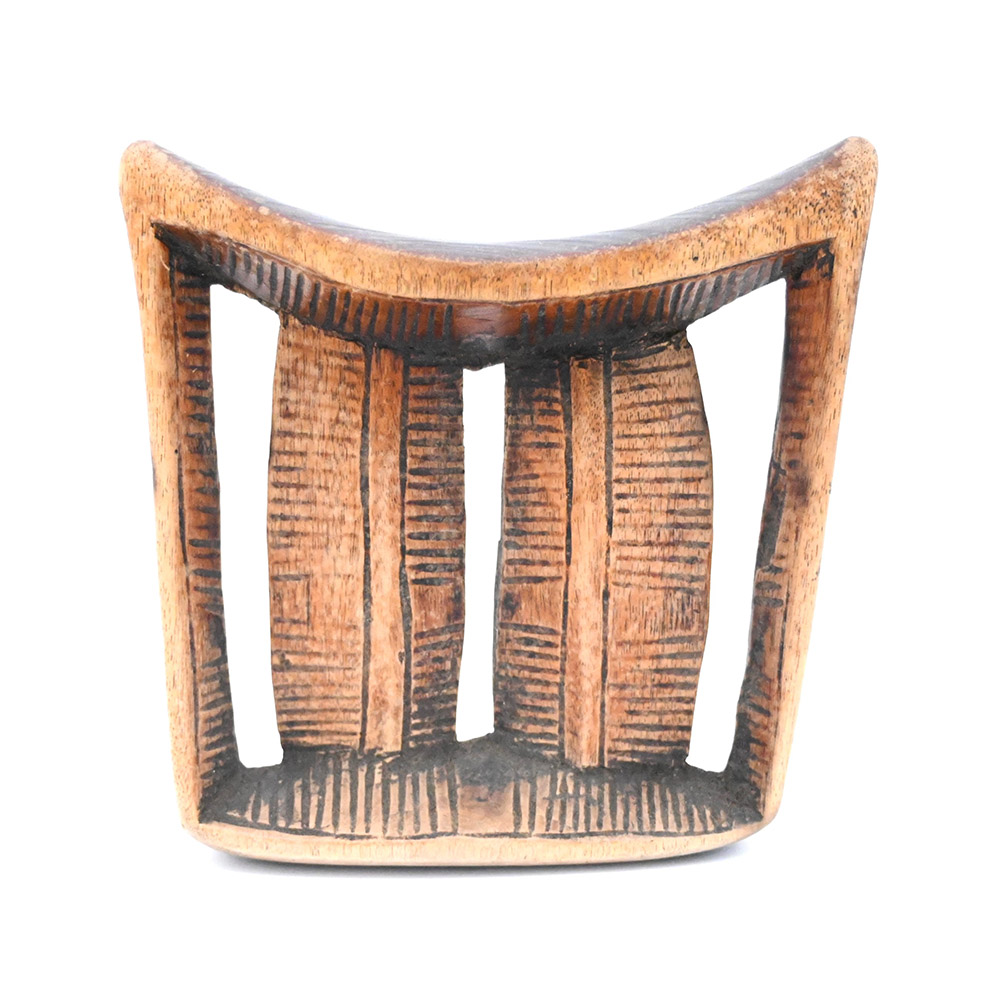
Ethiopia, 20th c. CE
#2001.10.E.11
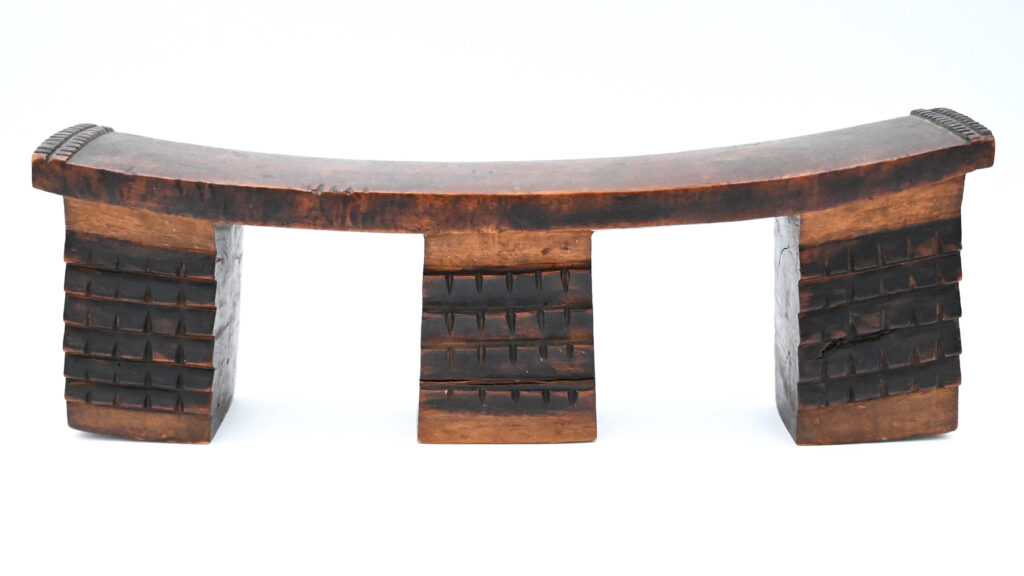
Zimbabwe, 20th c. CE
#1989.03.E.011
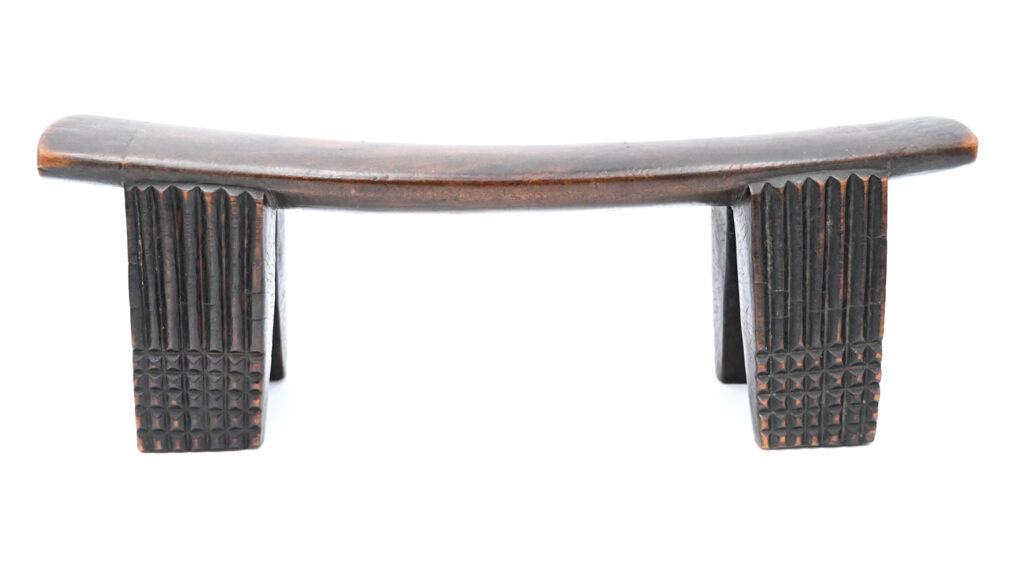
Zimbabwe, 20th c. CE
#1989.03.E.008
Explore the Other Sections of this Exhibit
